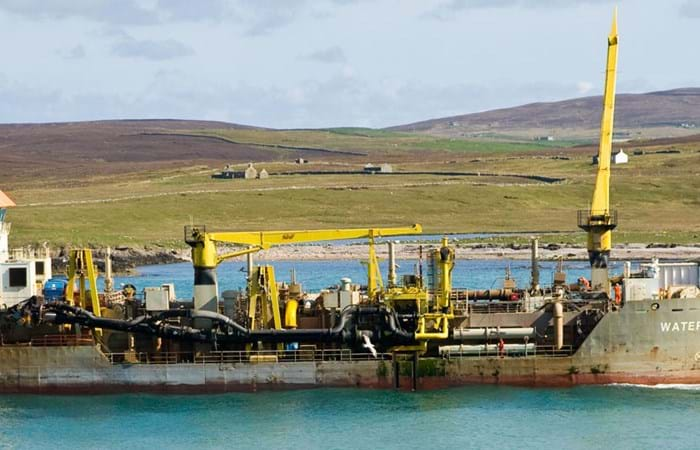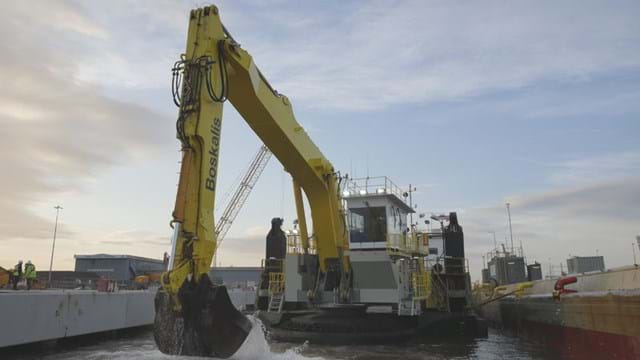The Port of Lerwick is situated on the east coast of the Shetland Islands, and is operated by Lerwick Port Authority. The 2008 dredging and reclamation works were one of the largest marine projects to be carried out in Scotland in recent years and constituted the largest single investment in the port to date.
The works were executed by Westminster Dredging Co. Ltd., they designed, procured and project managed the dredging and reclamation project to remove in excess of 500,000 m3 of bulked dredge fill to create improved deepwater access (-9 m CD) for the purposes of existing general and oil logistics services and the future offshore decommissioning trade.


